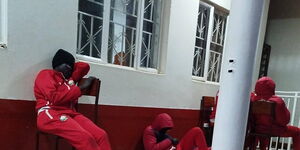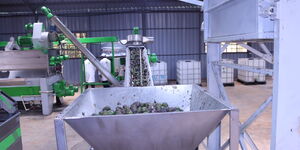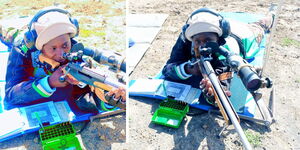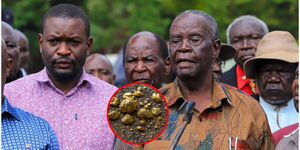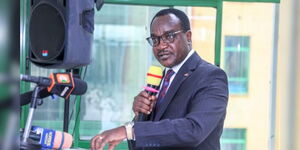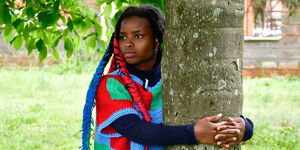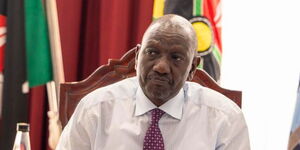A survivor of the road accident that killed four people and left over 20 people nursing critical injuries at Waruku, off Waiyaki Way, in Nairobi, has recounted the last moments before the accident occurred.
One of the survivors who spoke to the press on Thursday, October 9, revealed that the bus was moving at a normal pace when it suddenly began speeding around Waruku, in Kawangware.
According to the survivor, the speed triggered concerns from the passengers. However, when the driver attempted to slow down in vain before the bus suddenly plunged into the river.
"When we arrived at Waruku, the bus began speeding. When the driver noticed that he was moving at speed, he tried to slow down, but it was impossible," narrated the survivor.
"When the bus plunged into the river, I heard someone saying, 'All these people have died,'" the victim said from his hospital bed.
Locals who witnessed the incident have since called on the government to intervene and renovate the route, saying that it was not the first time an accident had been witnessed in the same place.
They challenged the Nairobi County Government to close the road, insisting that the route was initially meant for pedestrians and not motorists.
"This is the second accident that has taken place on this road. There is a matatu that also plunged into the same river recently," narrated a resident.
The accident occurred on Tuesday, October 7, at Waruku, along the road leading to Gatina in Dagoretti North Constituency, after the bus overturned and plunged into a river.
During the incident, 4 people died on the spot, with several others sustaining serious injuries. A police report revealed that the crash happened at around 5.30pm.
Emergency response teams from the area were quickly dispatched and helped to retrieve the passengers who had been trapped under the wreckage.
According to James Kihuri, a medical officer at a local health centre, the majority of those who sustained injuries were brought to the hospital with multiple severe injuries and fractures.
"Others had head injuries, so we had to arrest the bleeding and do the dressing because the majority of them were really bleeding," Kihuri narrated.

